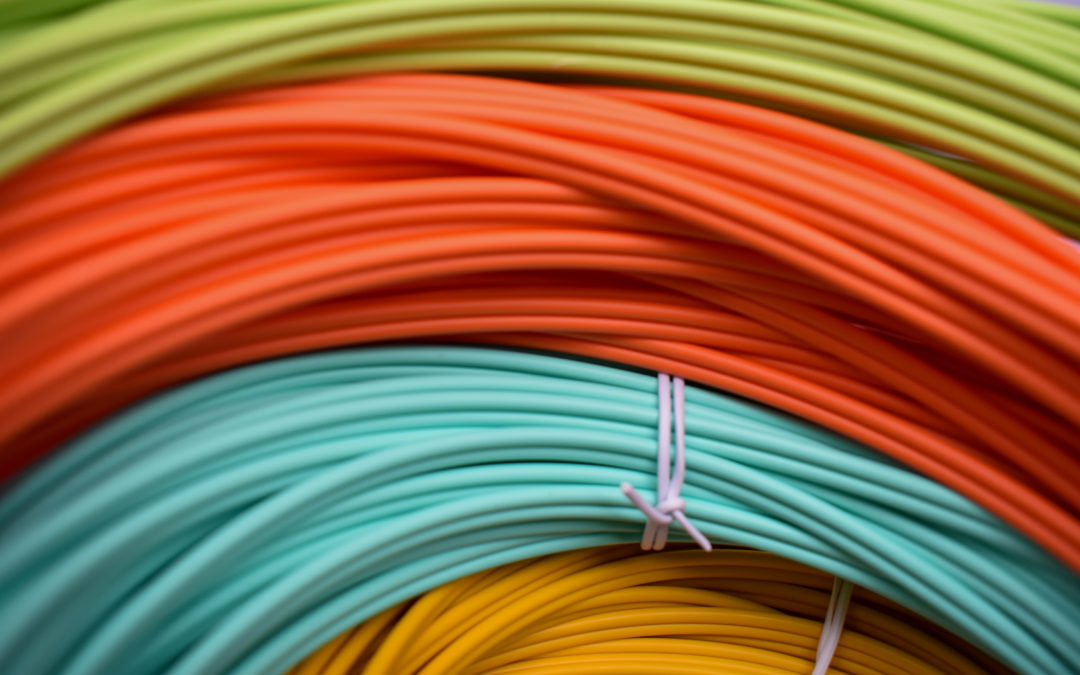Whether you are a network administrator, a telecom professional, or an enthusiast handling fiber optic cables, proper storage is essential to maintain their integrity and ensure optimal performance over time.
Cleanliness is Key:
Before storage, it’s imperative to clean the fiber optic cables thoroughly. A lint-free cloth and isopropyl alcohol are effective in removing dust and contaminants that may have accumulated during use.
Master the Art of Coiling:
Create large, loose loops to prevent unnecessary stress on the delicate fibers inside. This technique minimizes the risk of signal loss and damage to the cable structure.
Invest in Quality Cable Reels:
Consider investing in cable reels designed specifically for fiber optic cables. These reels are engineered to maintain the correct bend radius, preventing kinks and twists that could compromise the cable’s functionality. Ensure the reels are clean and free from any debris before use.
Label for Easy Identification:
Clear labeling is a simple yet effective practice. Label each cable with relevant information such as length, type, and installation date. This not only aids in easy identification but also prevents confusion during future deployments.
Control the Environment:
Temperature and humidity control are critical factors in fiber optic cable storage. Aim for a stable environment with controlled conditions to prevent any adverse effects on cable integrity. Cool, dry storage spaces are ideal for preserving the quality of the cables.
Say No to Tension:
Avoid subjecting fiber optic cables to excessive tension during storage. Tension can lead to microbends, causing signal loss and potential damage. Treat your cables with care and handle them gently.
Embrace Protective Packaging:
For extended storage durations, consider protective packaging such as cable bags or boxes. These add an extra layer of defense against dust, moisture, and physical damage, ensuring your cables remain in pristine condition.
Choose a Secure Storage Area:
Security matters. Store your cables in a secure area to prevent theft or unauthorized access. This is especially crucial for valuable cables or those containing sensitive information.
Regular Inspections for Longevity:
Periodically inspect stored cables for any signs of damage, including kinks, cuts, or abrasions. Address any issues promptly to ensure the cables remain in optimal condition for future use.
Follow Manufacturer Guidelines:
Last but not least, always adhere to the manufacturer’s recommendations for storage conditions and handling procedures. Different types of fiber optic cables may have specific requirements that, when followed, contribute to their longevity.
By following these guidelines, you can ensure that your fiber optic cables remain in excellent condition during storage, ready for deployment when needed.


